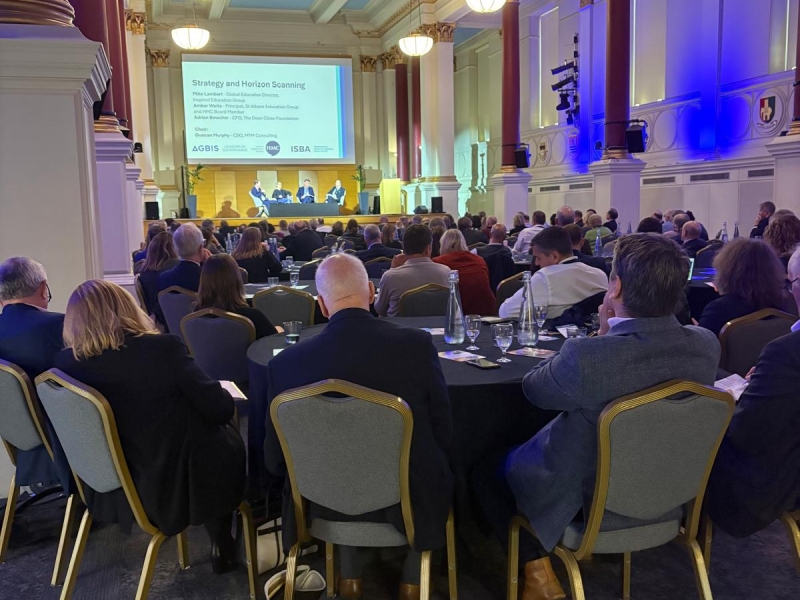
Need to say “sorry”? First ask who, how, when, what and why.
Elton John once suggested that ‘sorry’ was the hardest word, in a corporate context at least. The reality is that it can be quite easy for institutions to use that word, or similar terms when deemed more appropriate.
What is actually much more tricky is ensuring two things: that the intended audience, or audiences, believes in the apology’s sincerity, and that the apology actually achieves something rather than just being quickly forgotten.
These are questions with which many organisations grapple regularly, in a variety of contexts.
It could be that an organisation has done something downright wrong or simply careless, or been negligent or failed to follow legal restriction. They might just be unfortunate and have been in the wrong place at the wrong time, or all of the above. It may be that the perceived sin happened long before most of those currently leading the organisation were in place.
Whatever the situation, here are five considerations – the who, how, when, what and why – to keep in mind when an apology is being requested:
1. Who is actually asking for the apology?
Sometimes, the media jump on a perceived lack of apology or contrition and turn it into a story. While this may cause a temporary wave of bad press, the apology itself might not be that important for the key stakeholders. Perhaps they need more immediate practical support, or perhaps they just aren’t interested. It is also viable to make a public statement in which you reference that another statement will be delivered to those directly impacted – but be mindful of the fact that a private statement cannot be guaranteed to remain in the private domain.
It’s also worth considering who will deliver these statements, and in which form, which brings us on to the next question…
2. How would you deliver the apology?
There are plenty of graphics on social media containing corporate mea culpas. These can certainly be appropriate and sufficient where, for example, a minor product hiccup has been discovered and you need to reassure people you’ve noted it.
But where you’re looking at something more damaging, that won’t cut it. Might a face-to-face apology, whether in private or public, be appropriate? Can you accompany it with commitments to change your behaviour, or a charitable donations or other gesture? However, you must be careful that a donation does not appear to be an attempt to buy your way out of trouble, an allegation of course recently levelled at Prince Andrew.
3. When are you going to apologise?
In a fast-unfolding crisis, it’s important to react quickly by acknowledging the situation and describing what you’re doing about it. That doesn’t necessarily mean apologising instantly, especially if you have more immediate operational priorities such as ensuring safety, although sometimes a very quick apology can be very effective. It’s also worth considering whether a situation has fully manifested; it could make for embarrassment and added complexity if you apologise for something only for further issues to surface.
For an organisation felt to be guilty of misdeeds many years ago, speed may not be as important. Perhaps, for example when it comes to organisations grappling with links to the slave trade or other historical ills, you have been facing these questions for years, with an ebbing and flowing intensity. In this case, you have some luxury of time and do not need to rush in, rather you can consider your approach and perhaps even test the water or prepare the ground.
4. Why is this apology being made?
It’s important to reflect on why an apology is being made, or more specifically what is its desired impact both for its audience and for the apologiser itself. Maybe you want clients or customers to continue to do business with you. Perhaps you hope that a loud campaigning voice can be quieted or muted completely. It could be that you simply feel a moral imperative. It might be all three of these things, and more. Think about the desired outcomes, and act accordingly.
Organisations sometimes worry that they are being asked to make an apology in order to prepare the ground for legal action, with the apology held as an admission of guilt. This fear is sometimes baseless, but even in those case it can be difficult to overcome. And in fact, the opposite can be the case in the UK at least, where a failure to apologise properly is now grounds for legal action health and social care providers.
5. What words will you actually use?
In some ways, this is the easiest answer. If you are genuinely sorry, and you mean it, then just be human and straightforward about it. If you try to sit on the fence with phrases like “I’m sorry that people feel that way†or “we regret that this may have caused offenceâ€, your audiences will see through this and may well end up even more upset and vengeful than they were in the first place.
This is not to say that penning an apology can be done quickly; it still deserves careful consideration. But if you’ve worked through the above four questions and are comfortable with the ‘who’, ‘how’, ‘when’ and ‘why’, then the ‘what’ may become much clearer.


